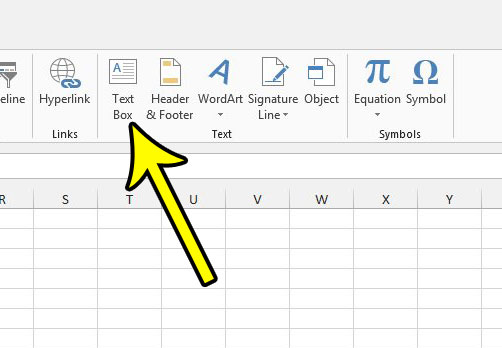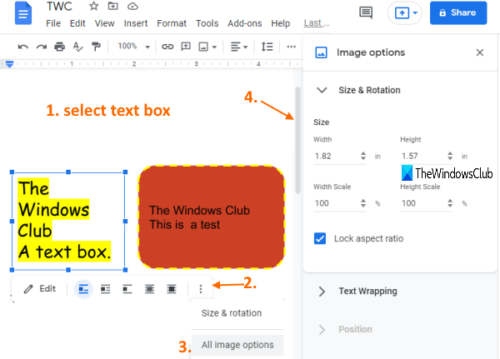

You can display a linked object or embedded object in a workbook exactly as it appears in the source program or as an icon. The source program (or another program capable of editing the object) must be installed on your computer.Ĭhanging the way that an OLE object is displayed To change an embedded object, double-click the object to open and edit it in the source program. Because an embedded object has no links to the source file, the object is not updated if you change the original data. When a user opens the file on another computer, he can view the embedded object without having access to the original data. If you copy information as an embedded object, the destination file requires more disk space than if you link the information. The version of the source is embedded entirely in the workbook. If you don't want to update the copied data when it changes in the source file, use an embedded object. For example, if you select a paragraph in a Word document and then paste the paragraph as a linked object in an Excel workbook, the information can be updated in Excel if you change the information in your Word document. The linked information can be updated automatically if you change the original data in the source file. The source file must remain available on your computer or network to maintain the link to the original data. The destination file displays a representation of the linked information but stores only the location of the original data (and the size if the object is an Excel chart object).

With a linked object, the original information remains stored in the source file.

If you want the information in your destination file to be updated when the data in the source file changes, use linked objects.

The source file updates the linked object. A linked object is linked to the source file.ģ. An embedded object has no connection to the source file.Ģ. Linked and embedded objects in a documentġ. Linked objects remain as separate files, and they can be updated. Embedded objects are stored in the workbook that they are inserted in, and they are not updated. The main differences between linked objects and embedded objects are where the data is stored and how the object is updated after you place it in the destination file. If you copy information between Excel or any program that supports OLE, such as Word, you can copy the information as either a linked object or an embedded object.


 0 kommentar(er)
0 kommentar(er)
